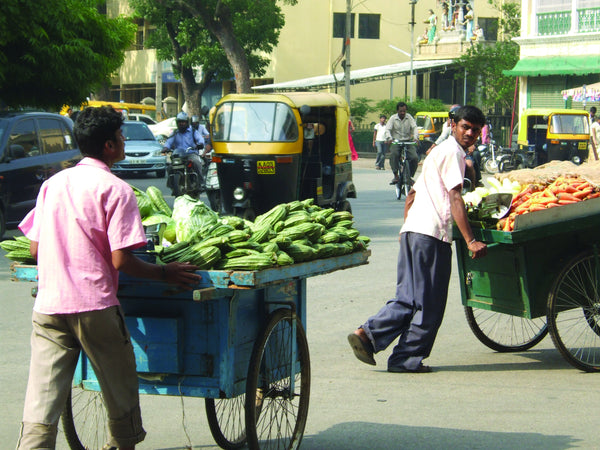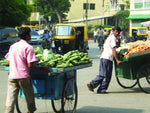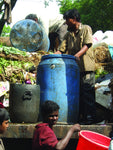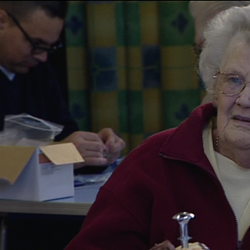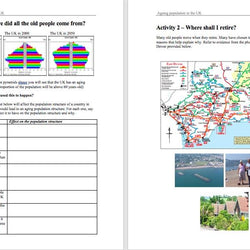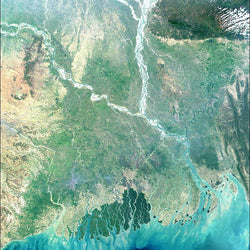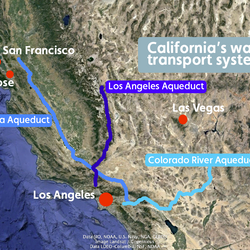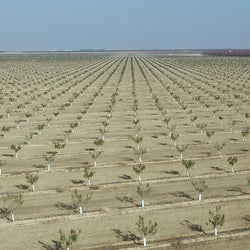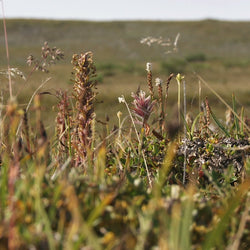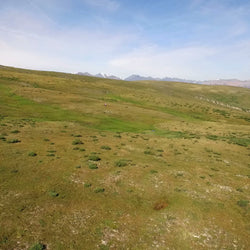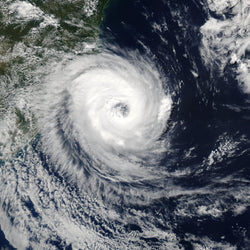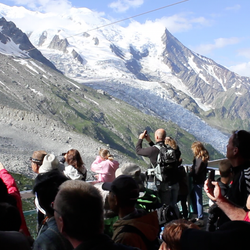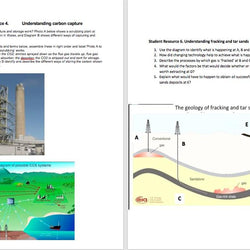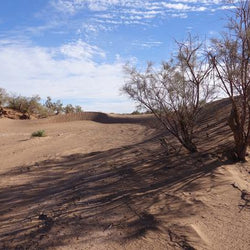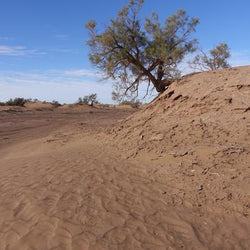Testimonials
“This, along with Pumpkin's other India titles, provides excellent case studies that will be relevant at lots of points in GCSE and A level specs.”
Ruth Totterdell,
The Geographical Association
The programme begins with a review of the rates of urbanisation and qualifies the links between rural and urban areas whilst emphasising that migrations are far more significant than natural growth in Bangalore. Detail on fertility and mortality rates provide key themes for the opening chapter and obligatory references are made to the traditional push and pull factors as explanations of recent growth without labouring the point or using those specific labels.
The programme is broken down into 5 highly focussed units that deal with the causes, consequences and needs of the burgeoning urban population. Current GCSE and A Level specifications demand close attention to these themes and teachers will find the supporting notes, historical and geographical fact sheets highly accessible and comprehensive.
Contemporary evidence of migrations, urban poverty and living conditions are all shown against the backdrop of globalisation, economic change and the Indian caste system.
Watching this programme provides a real sense of place and leaves the viewer with a clearer understanding and image of what these processes and systems actually mean. Careful use of expert opinion and analysis of grassroots approaches to the problems of living in 21st century Indian cities guarantees some self-reflection and an appreciation of how lives in the more developed world have come to depend on people at the lowest end of the socio-economic chain. It is a modern view of what seems like an age old problem and explains the situation in a clear, precise and provocative manner. This is more than a documentary as it poses questions and challenges the viewer to think about what they are seeing.
The learning activities pick up on these aspects and force students to really think about the content. Active classroom sessions should easily evolve from this programme and the well-crafted lesson plans certainly give scope for imaginative and exciting lessons. There is sufficient detail and conceptual material in this to develop research tasks and debates at A level, making it suitable for all modern examination courses. Extension work on the role of governments, NGOs and the influence of Indian cultural traditions, the empowerment of women and the value of children are all offered as important aspects and explanations of the urban inequalities.
The commentary is both descriptive and explanatory, without being judgemental or closed. The use of local residents to illustrate what it means to be an ‘Untouchable/Dalit’ in the modern world and the review of recent attempts to alleviate the housing problems combine to make this an experience as much as an observation. Seeing inside a toilet block, walking across open sewers and being presented with official statistics amplify the severity of local health issues; placing them next to images of modern office and business parks brings home the scale of the inequalities very effectively.
For a modern insight of urban inequalities this package certainly offers enough to get classroom discussions started. It may not cover the solutions in great depth, but it enables the teacher to construct active participation along with an appreciation of the values and attitudes of people living and working in Bangalore today.
Russell Chapman,
Head of Sixth Form, University College School, London
This programme covers a large part of the requirements at GCSE, GCE and at IB. It is particularly useful, not only because it provides excellent case studies of poverty and inequalities, but also because it provides positive images of management strategies being used to address these inequalities.
Dan Gibbons,
Head of Geography, The Red Maids' School
Pumpkin TV has produced a package of four high quality DVDs that explore a range of contemporary themes and issues arising from India's rapid 21st Century development.
Each of the DVDs considers this from a different perspective, as illustrated by the titles. These issues allow a range of broader geographical themes to be explored: women's rights, the benefits and problems of globalisation, the impact of climate change on LEDC populations and sustainable development in rural areas. This DVD package is primarily targeted at KS 4-5 students and satisfies all current GCSE and A-Level syllabi. The materials could be adapted for use with KS 3 in some scenarios. The programmes have been well researched, written and resourced and represent an up-to-date and engaging aid to learning and teaching about development. Each DVD provides access to a range of high-quality additional teaching resources including printable student worksheets/activities.
Each DVD utilises a case study approach. The chapters provide a clear and rational structure to follow, while allowing the teacher the necessary breaks to draw out detailed learning points.
These DVDs are a useful, up-to-date and adaptable resource that would be a helpful addition to many geography departments up and down the country.
Review in Teaching Geography, Autumn 2010


